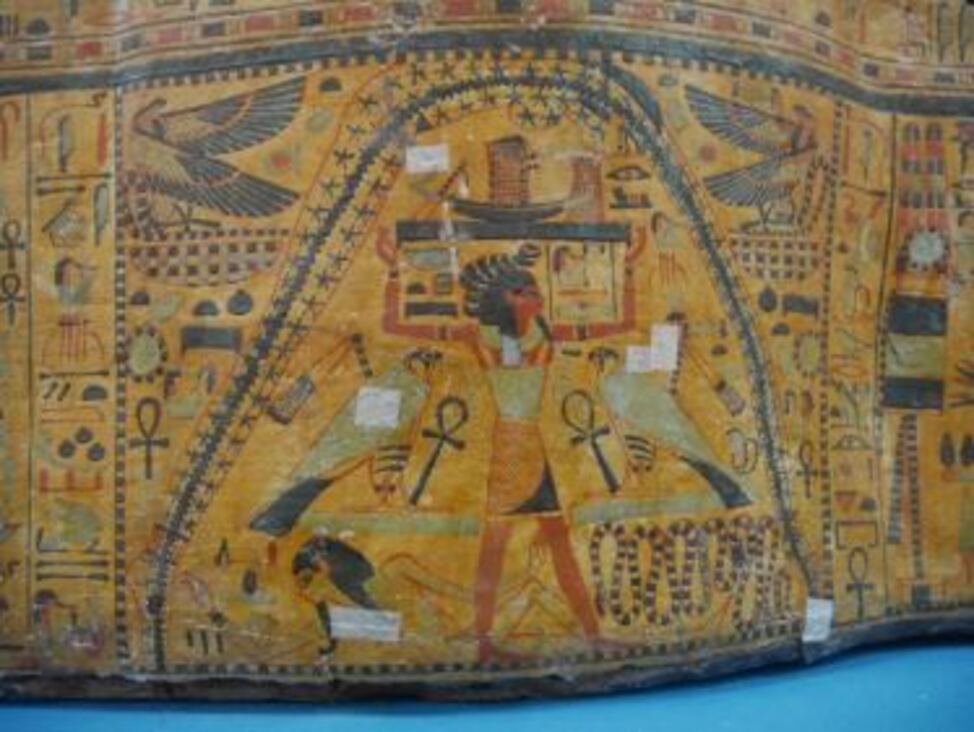Archaeological excavations on the Isle of Skye in Scotland have unearthed stone tools believed to belong to one of the earliest known human settlements in the region. Dated to between 11,000 and 11,500 years ago, these artifacts have sparked excitement in the archaeological community. The discovery is linked to the Late Upper Paleolithic (LUP) period and offers strong evidence of early human activity along Scotland’s western coast.
Excavation Site and Findings
The ancient tools were uncovered at an undisclosed location on the Isle of Skye. The research was led by Professor Karen Hardy from the University of Glasgow and the late local archaeologist Martin Wildgoose. Their findings were published in the respected academic journal The Journal of Quaternary Science.
Professor Hardy emphasized the importance of the discovery, stating that it sheds light on the earliest documented human presence in northwest Scotland:
“These findings offer fresh insights into prehistoric migration routes and ways of life.”
The Ahrensburg Culture and a Migration Story
The artifacts likely belonged to nomadic hunter-gatherer groups from northern Europe, associated with the Ahrensburg culture. It is believed that these people migrated across Doggerland — an ancient land bridge now submerged beneath the North Sea — to reach the British Isles.
Prof. Hardy described their journey as “one of the greatest adventure stories in European history”:
“These early pioneers may have followed herds northward, traveling across frozen landscapes and eventually reaching the western coasts of Scotland.”
Toolmaking and Settlement Choices
Upon arrival on Skye, the early settlers crafted tools from locally sourced stones. Researchers believe they deliberately chose settlement locations close to natural resources — especially water sources and materials like ochre, a pigment highly valued by ancient cultures.
Today, these tools provide valuable clues not only about early human history, but also about how shifting climates influenced human movement and settlement patterns.
Cover Image: University of Glasgow





